’What’s quite special here is that you can define your own path, and for me, that’s been chamber music,’ says the violist
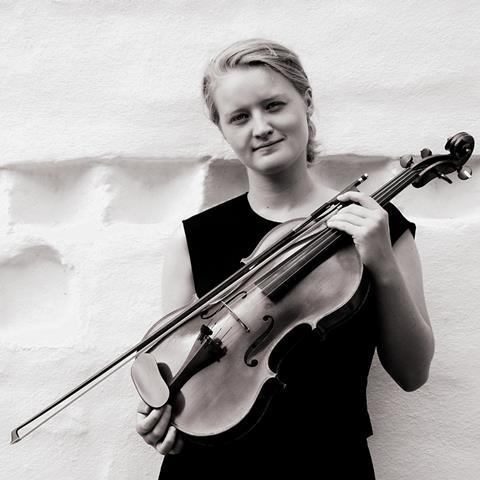
Being Danish myself, I was focused towards Denmark for schools, but I chose the Royal Danish Academy of Music because of the great teachers and because I knew there was an amazing social environment. It’s quite an international school, as we have all courses in multiple languages, and lots of international students – I’d say more than half! There are plenty of social events and trips, especially when you’re new, where you meet people, form chamber groups and just hang out. I think it’s easy to integrate; we have a big canteen where everyone eats, and regardless of nationalities and instruments, everyone can talk and be friends.
In the beginning you have more lessons and a more tightly packed schedule, but the further you get, the more you do your own projects and start to integrate into the professional world. What’s quite special here is that you can define your own path, and for me, that’s been chamber music. Right now, my main focus is my quartet, the Akela Quartet, so a typical day could be having quartet lessons and rehearsals, and practising on my own. There’ve also been lots of masterclasses and a good chamber music environment is blossoming. If you have something artistic you want to approach, you can do it!
Our quartet teachers are Tim Fredriksen and the members of the Danish Quartet, whose violist Asbjørn Nørgaard is also my viola teacher. The Danish Quartet spends a lot of time and energy at the school, which is really helping to create a very vibrant string environment with high-level playing.
Every year we have two large orchestral concerts, where the majority of the school rehearses with the orchestra for a whole week, before everything culminates in a big concert. This year we played Sibelius’s Second Symphony and a modern percussion concerto – it was a really cool experience!
The school is in a historic radio house, and it’s a very beautiful building with good practice facilities, very nice halls and marble staircases. I think it’s a place that really would be great for a lot of people – come and visit, and feel the vibe!
Subscribers to The Strad receive the 2025 Degrees supplement free with their copy of the May 2025 issue
Read: My experience: violinist Arieta Liatsi, Universität Mozarteum Salzburg
Read: My experience: double bassist Alex Ferkey, Trinity Laban Conservatoire of Music and Dance London
The number one source for playing and teaching books, guides, CDs, calendars and back issues of the magazine.
In The Best of Technique you’ll discover the top playing tips of the world’s leading string players and teachers. It’s packed full of exercises for students, plus examples from the standard repertoire to show you how to integrate the technique into your playing.
The Strad’s Masterclass series brings together the finest string players with some of the greatest string works ever written. Always one of our most popular sections, Masterclass has been an invaluable aid to aspiring soloists, chamber musicians and string teachers since the 1990s.
The Canada Council of the Arts’ Musical Instrument Bank is 40 years old in 2025. This year’s calendar celebrates some its treasures, including four instruments by Antonio Stradivari and priceless works by Montagnana, Gagliano, Pressenda and David Tecchler.



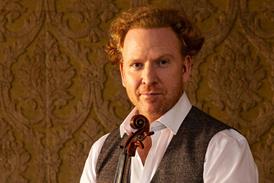
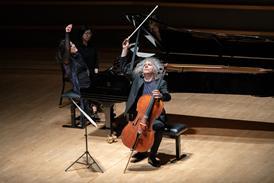
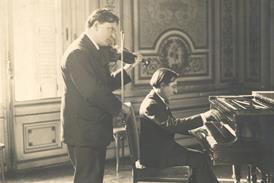
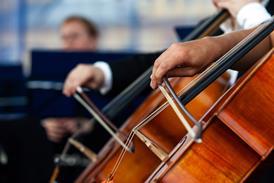

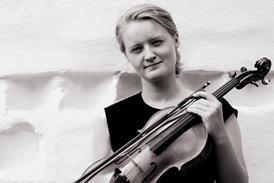
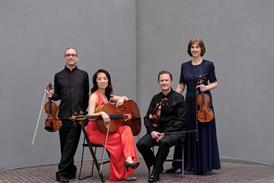
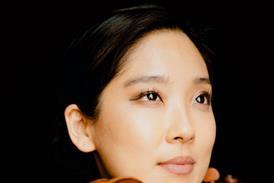
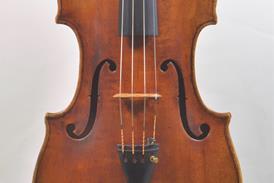
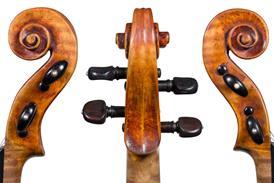
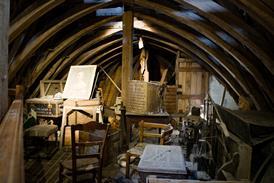

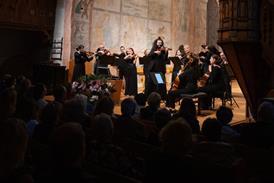

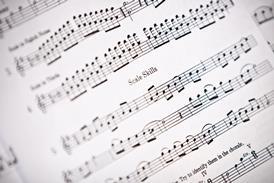
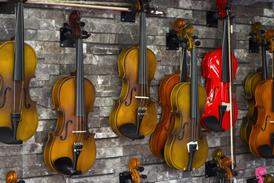
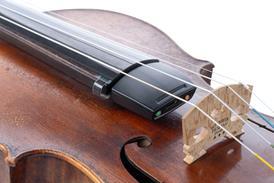
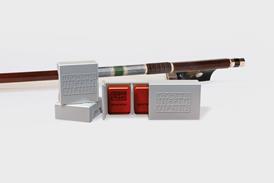
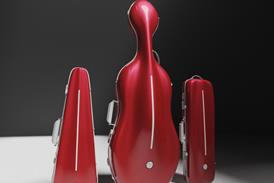
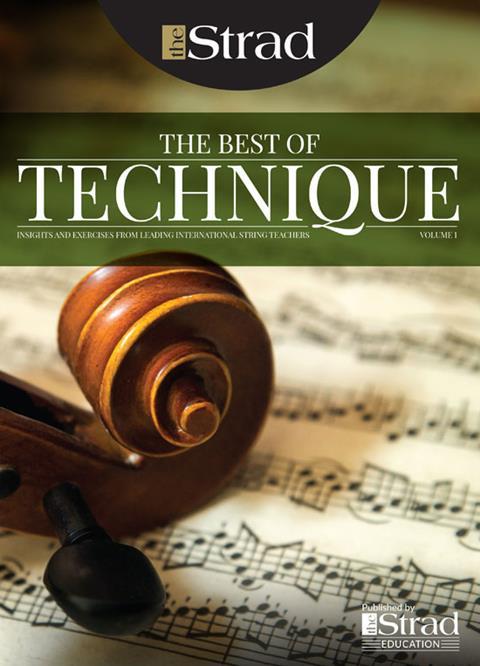
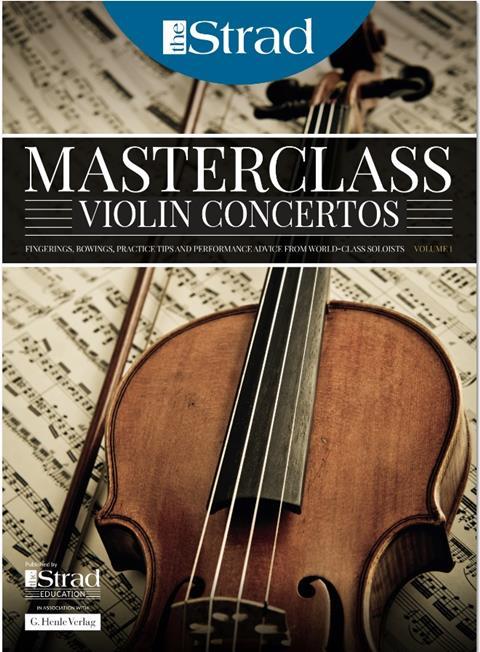
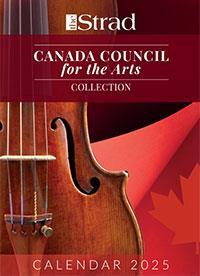












No comments yet